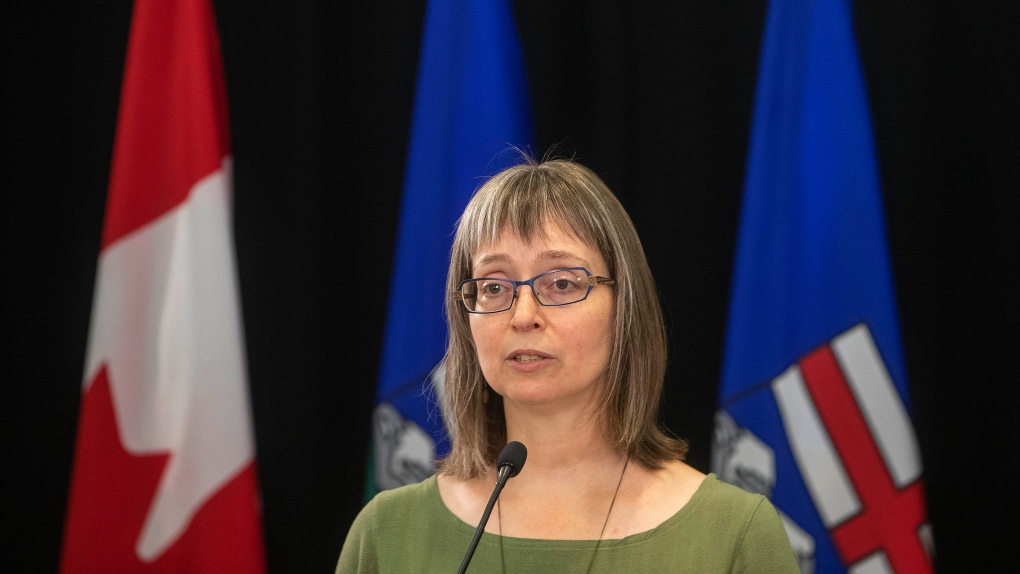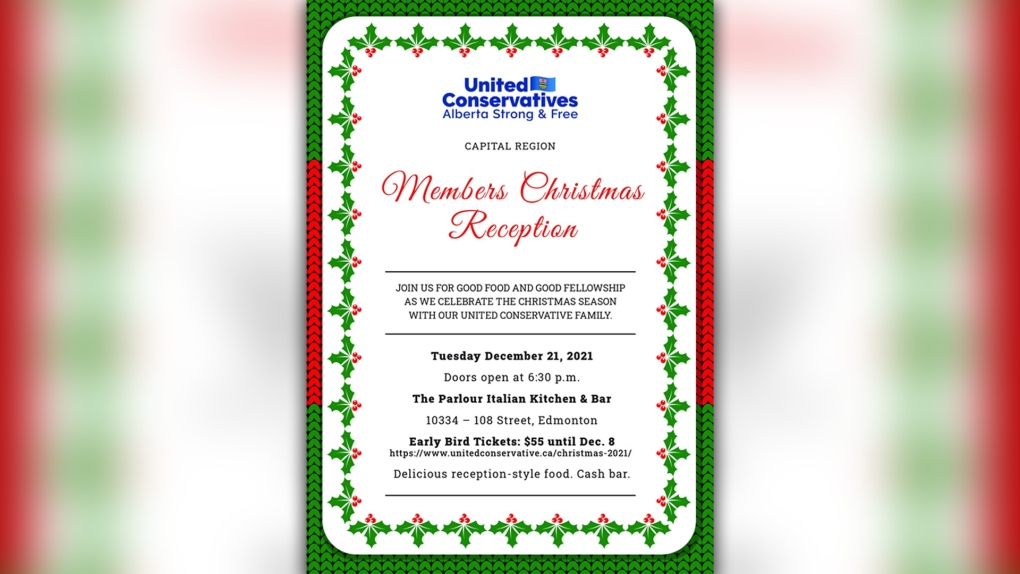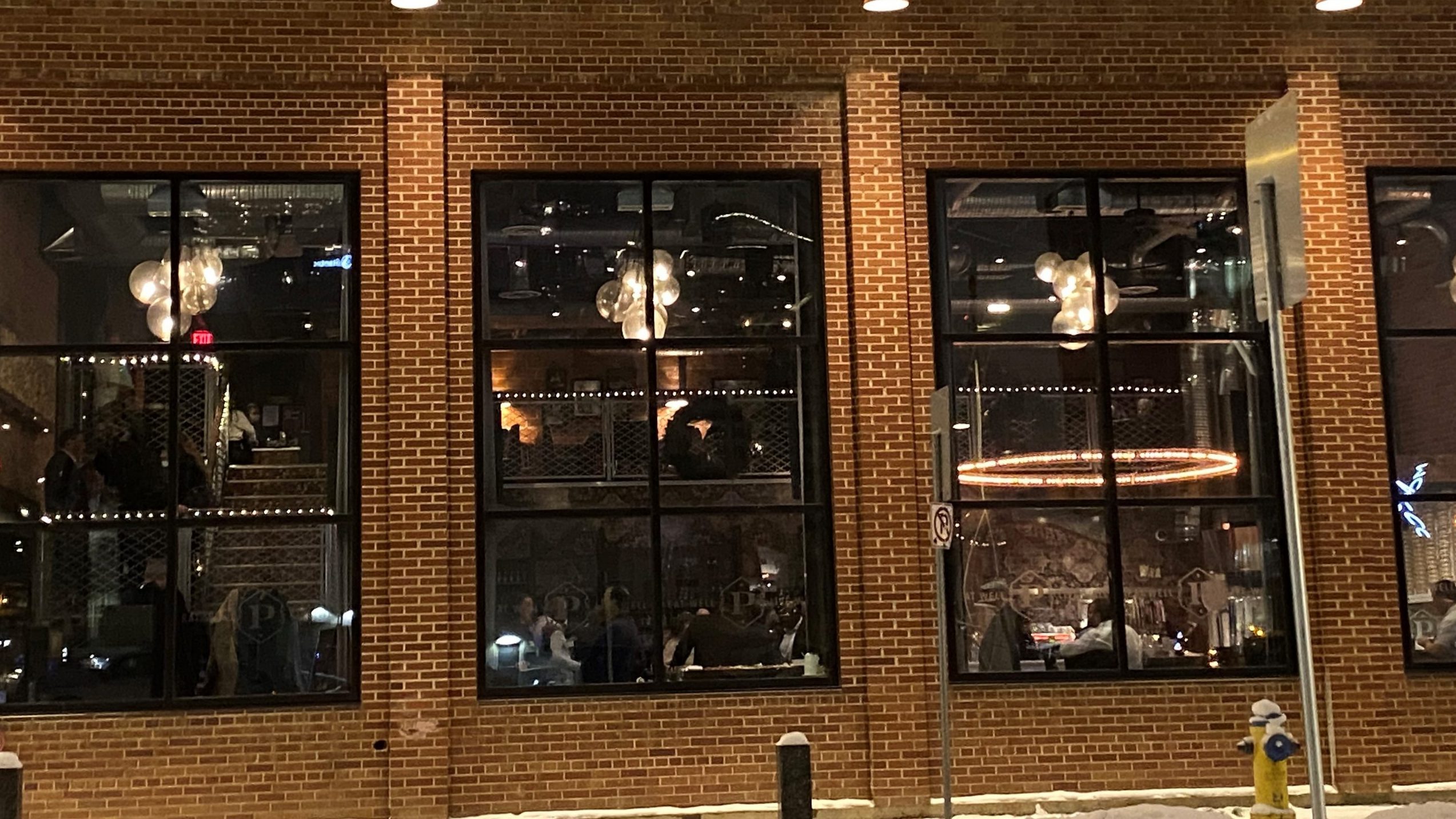Mindy Weisberger Live Science
The years following the asteroid impact that wiped out non-avian dinosaurs were dark times — literally. Soot from raging wildfires filled the sky and blocked the sun, directly contributing to the wave of extinctions that followed, new research has found.

Following the asteroid impact that wiped out the dinosaurs, parts of the planet would have been plunged into darkness.
After the asteroid struck, around 66 million years ago, the cataclysm extinguished many forms of life instantly. But the impact also caused environmental changes leading to mass extinctions that played out over time. One such extinction trigger may have been the dense clouds of ash and particles that spewed into the atmosphere and spread over the planet, which would have enveloped parts of Earth in darkness that could have persisted for up to two years.
During that time photosynthesis would have failed, leading to ecosystem collapse. And even after sunlight returned, this decline could have persisted for decades more, according to research presented Dec. 16 at the annual meeting of the American Geophysical Union (AGU), held in New Orleans and online.
The Cretaceous period (145 million to 66 million years ago) ended with a bang when an asteroid traveling at approximately 27,000 mph (43,000 km/h) slammed into Earth. It measured about 7.5 miles (12 kilometers) in diameter, and left behind a scar known as the Chicxulub crater, which lies underwater in the Gulf of Mexico near the Yucatán Peninsula and spans at least 90 miles (150 km) in diameter. The impact eventually snuffed out at least 75% of life on Earth, including all non-avian dinosaurs (the lineage that produced modern birds is the only branch of the dinosaur family tree that weathered the extinction).
Clouds of pulverized rock and sulfuric acid from the crash would have darkened skies, cooled global temperatures, produced acid rain and sparked wildfires, Live Science previously reported. Scientists first proposed the post-asteroid "nuclear winter scenario" in the 1980s; this hypothesis suggested that darkness played a part in the mass extinctions after the Cretaceous impact, said Peter Roopnarine, a curator of geology in the Department of Invertebrate Zoology and Geology at California Academy of Sciences, and a presenter at the AGU meeting.
However, it's only in the past decade or so that researchers developed models showing how that darkness may have impacted life, Roopnarine told Live Science in an email.
"The common thinking now is that global wildfires would have been the main source of fine soot that would have been suspended into the upper atmosphere," Roopnarine said. "The concentration of soot within the first several days to weeks of the fires would have been high enough to reduce the amount of incoming sunlight to a level low enough to prevent photosynthesis."
Dark days
long-term darkness by reconstructing ecological communities that would have existed at the time of the asteroid impact. They used 300 species known from the Hell Creek Formation, a fossil-rich expanse of shale and sandstone that dates to the latter part of the Cretaceous and extends over parts of Montana, North Dakota, South Dakota and Wyoming.
"We focused on that region because the fossil record is well-sampled and well-understood ecologically, so we could reconstruct the paleocommunity reliably," Roopnarine said.
They then created simulations that exposed their communities to periods of darkness lasting from between 100 and 700 days, to see which intervals would produce the rate of vertebrate extinction that was preserved in the fossil record — about 73%, according to the presentation. The onset of post-impact darkness would have been rapid, reaching its maximum in just a few weeks, Roopnarine said in the email.
The researchers found that ecosystems could recover after a period of darkness that lasted up to 150 days. But after 200 days, that same community reached a critical tipping point, where "some species went extinct and patterns of dominance shifted," the scientists reported. In the simulations where darkness lasted for the maximum duration, extinctions spiked dramatically. During a darkness interval of 650 to 700 days, extinction levels reached 65% to 81%, suggesting that the Hell Creek communities experienced about two years of darkness, according to the models.
"Conditions varied across the globe because of atmospheric flow and temperature variation, but we estimated that the darkness could have persisted in the Hell Creek area for up to two years," Roopnarine said, adding that these findings are preliminary and
Once an ecosystem reached that tipping point, it could eventually rebound with a new distribution of species; however, that process would have taken decades, the researchers found. Extended stimulations of Hell Creek communities that went dark for 700 days showed that after the darkness lifted, it took 40 years for conditions in the ecosystem to start to rebound, the scientists reported at the conference.
Originally published on Live Science.
After the asteroid struck, around 66 million years ago, the cataclysm extinguished many forms of life instantly. But the impact also caused environmental changes leading to mass extinctions that played out over time. One such extinction trigger may have been the dense clouds of ash and particles that spewed into the atmosphere and spread over the planet, which would have enveloped parts of Earth in darkness that could have persisted for up to two years.
During that time photosynthesis would have failed, leading to ecosystem collapse. And even after sunlight returned, this decline could have persisted for decades more, according to research presented Dec. 16 at the annual meeting of the American Geophysical Union (AGU), held in New Orleans and online.
The Cretaceous period (145 million to 66 million years ago) ended with a bang when an asteroid traveling at approximately 27,000 mph (43,000 km/h) slammed into Earth. It measured about 7.5 miles (12 kilometers) in diameter, and left behind a scar known as the Chicxulub crater, which lies underwater in the Gulf of Mexico near the Yucatán Peninsula and spans at least 90 miles (150 km) in diameter. The impact eventually snuffed out at least 75% of life on Earth, including all non-avian dinosaurs (the lineage that produced modern birds is the only branch of the dinosaur family tree that weathered the extinction).
Clouds of pulverized rock and sulfuric acid from the crash would have darkened skies, cooled global temperatures, produced acid rain and sparked wildfires, Live Science previously reported. Scientists first proposed the post-asteroid "nuclear winter scenario" in the 1980s; this hypothesis suggested that darkness played a part in the mass extinctions after the Cretaceous impact, said Peter Roopnarine, a curator of geology in the Department of Invertebrate Zoology and Geology at California Academy of Sciences, and a presenter at the AGU meeting.
However, it's only in the past decade or so that researchers developed models showing how that darkness may have impacted life, Roopnarine told Live Science in an email.
"The common thinking now is that global wildfires would have been the main source of fine soot that would have been suspended into the upper atmosphere," Roopnarine said. "The concentration of soot within the first several days to weeks of the fires would have been high enough to reduce the amount of incoming sunlight to a level low enough to prevent photosynthesis."
Dark days
long-term darkness by reconstructing ecological communities that would have existed at the time of the asteroid impact. They used 300 species known from the Hell Creek Formation, a fossil-rich expanse of shale and sandstone that dates to the latter part of the Cretaceous and extends over parts of Montana, North Dakota, South Dakota and Wyoming.
"We focused on that region because the fossil record is well-sampled and well-understood ecologically, so we could reconstruct the paleocommunity reliably," Roopnarine said.
They then created simulations that exposed their communities to periods of darkness lasting from between 100 and 700 days, to see which intervals would produce the rate of vertebrate extinction that was preserved in the fossil record — about 73%, according to the presentation. The onset of post-impact darkness would have been rapid, reaching its maximum in just a few weeks, Roopnarine said in the email.
The researchers found that ecosystems could recover after a period of darkness that lasted up to 150 days. But after 200 days, that same community reached a critical tipping point, where "some species went extinct and patterns of dominance shifted," the scientists reported. In the simulations where darkness lasted for the maximum duration, extinctions spiked dramatically. During a darkness interval of 650 to 700 days, extinction levels reached 65% to 81%, suggesting that the Hell Creek communities experienced about two years of darkness, according to the models.
"Conditions varied across the globe because of atmospheric flow and temperature variation, but we estimated that the darkness could have persisted in the Hell Creek area for up to two years," Roopnarine said, adding that these findings are preliminary and
Once an ecosystem reached that tipping point, it could eventually rebound with a new distribution of species; however, that process would have taken decades, the researchers found. Extended stimulations of Hell Creek communities that went dark for 700 days showed that after the darkness lifted, it took 40 years for conditions in the ecosystem to start to rebound, the scientists reported at the conference.
Originally published on Live Science.









 © Provided by The Canadian Press
© Provided by The Canadian Press





 © CBC
© CBC







